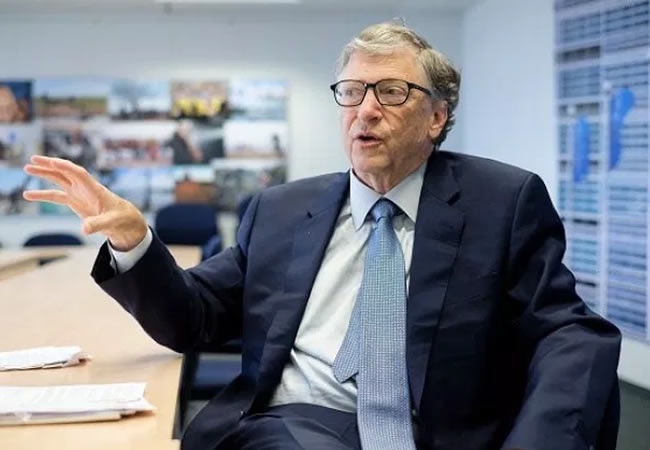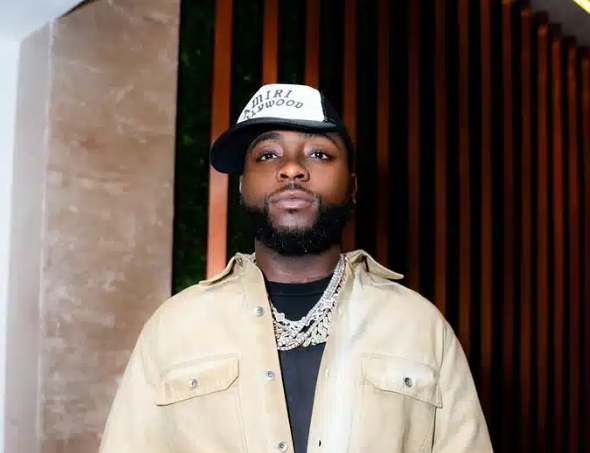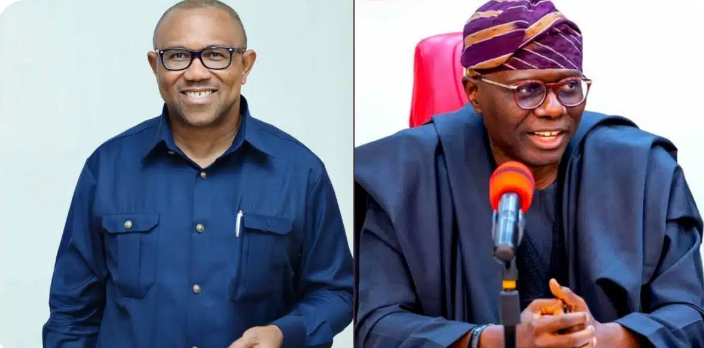
Bill Gates to Donate Nearly All of His $200 Billion Wealth, Shutting Down Foundation

Bill Gates, one of the richest individuals in the world, has made a groundbreaking announcement that he plans to give away nearly all of his estimated $200 billion fortune, retaining only 1% for himself. This decision marks a dramatic turn for the Microsoft co-founder and renowned philanthropist, who has long been associated with global charitable efforts. In a surprising move, Gates has also revealed plans to shut down the Bill and Melinda Gates Foundation, the organization he co-founded with his ex-wife, Melinda French Gates.
Throughout his career, Gates has been recognized not only as a tech innovator but also as a leading figure in philanthropy, donating billions to combat global health issues, improve education, and reduce poverty. However, this recent declaration signals a new chapter in his mission to address the world’s most significant challenges. Speaking at a recent public event, Gates expressed his desire to use his wealth in a more targeted and impactful way.
“I've accumulated more money than I could ever spend in my lifetime,” Gates stated. “Rather than holding onto it, I want to use it to make a difference where it is needed most. My goal is to bridge disparities in healthcare, education, and poverty alleviation, and I strongly believe that wealth should be directed toward humanity’s progress.”
Gates will retain just 1% of his fortune, which he described as more than adequate for his personal needs. Instead of maintaining a vast personal estate, his focus will be on funding sustainable projects that have a measurable impact on global issues. This bold decision has sparked both admiration and intrigue, as the world watches to see how Gates plans to redefine his approach to giving.
The announcement to shut down the Bill and Melinda Gates Foundation has also raised questions about the future of the numerous initiatives that the foundation currently supports. Founded in 2000, the foundation has grown to become one of the largest private charitable organizations in the world, with a focus on public health, poverty reduction, and educational reform. The news of its closure has left many wondering how Gates will continue his philanthropic work without this long-established platform.
According to Gates, the decision to close the foundation does not mean an end to his charitable activities. Instead, he plans to restructure his efforts by establishing a series of smaller, more focused initiatives aimed at addressing specific global problems. This decentralized approach, Gates believes, will allow for more direct and efficient allocation of resources, minimizing bureaucracy and maximizing impact.
Critics and supporters alike are closely analyzing the implications of this decision. While some praise Gates for his commitment to philanthropy, others question whether the closure of the foundation will disrupt ongoing projects. Gates has reassured the public that all current commitments will be fulfilled, and that his new approach will not compromise the continuity of support for critical causes.
Social media reactions have been mixed, with many expressing awe at Gates’ willingness to part with the majority of his fortune, while others remain skeptical about the feasibility of his new strategy. Nonetheless, the consensus appears to be one of respect for his dedication to global betterment.
This monumental decision also raises broader questions about the role of billionaires in addressing global challenges. Gates' move to redistribute his wealth highlights an emerging trend among some of the world’s richest individuals, who are increasingly questioning the ethical implications of holding vast fortunes while global inequality persists. Gates himself has often advocated for higher taxes on the wealthy and has called for more robust public and private partnerships to tackle systemic issues.
While some worry that smaller initiatives may lack the influence of the Gates Foundation, others see potential in a more grassroots approach that empowers local communities. Gates has indicated that he will work closely with existing charitable networks to ensure that funds are directed where they can have the most significant impact.
One particularly intriguing aspect of Gates' plan is his intention to involve other wealthy individuals and corporations in his mission. By creating a model of targeted, impactful giving, Gates hopes to inspire others to follow suit. He has also hinted at the possibility of forming collaborative networks that bring together private sector expertise with public health and educational initiatives.
As Gates moves forward with his plan, his decision will likely have ripple effects throughout the philanthropic world. The idea of transitioning from a centralized foundation to a network of smaller, issue-specific initiatives represents a radical departure from the traditional model of charitable giving. Experts are already debating the potential benefits and drawbacks of such a shift, but Gates remains optimistic that this approach will allow for more agile and impactful solutions.
In his statement, Gates also acknowledged the personal significance of this decision, describing it as a culmination of his lifelong journey to understand how best to use his resources for good. He emphasized that his wealth, while vast, is ultimately a tool to foster innovation and address the most pressing human challenges. For Gates, the ultimate goal is not just to give, but to create lasting change through thoughtful and strategic philanthropy.
The world will undoubtedly continue to watch Bill Gates closely as he embarks on this new path. Whether his vision proves successful or encounters unforeseen challenges, his commitment to using his wealth for the greater good remains an inspiring example in a world often marked by financial disparity. As Gates reshapes his legacy, his choices may well set a precedent for how future philanthropists approach the responsibility of wealth.


